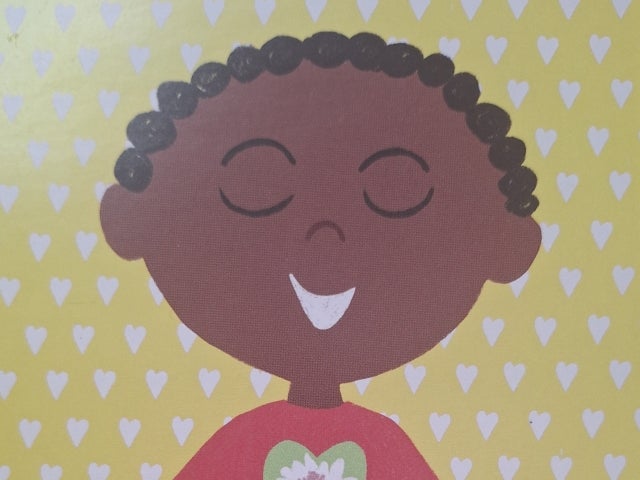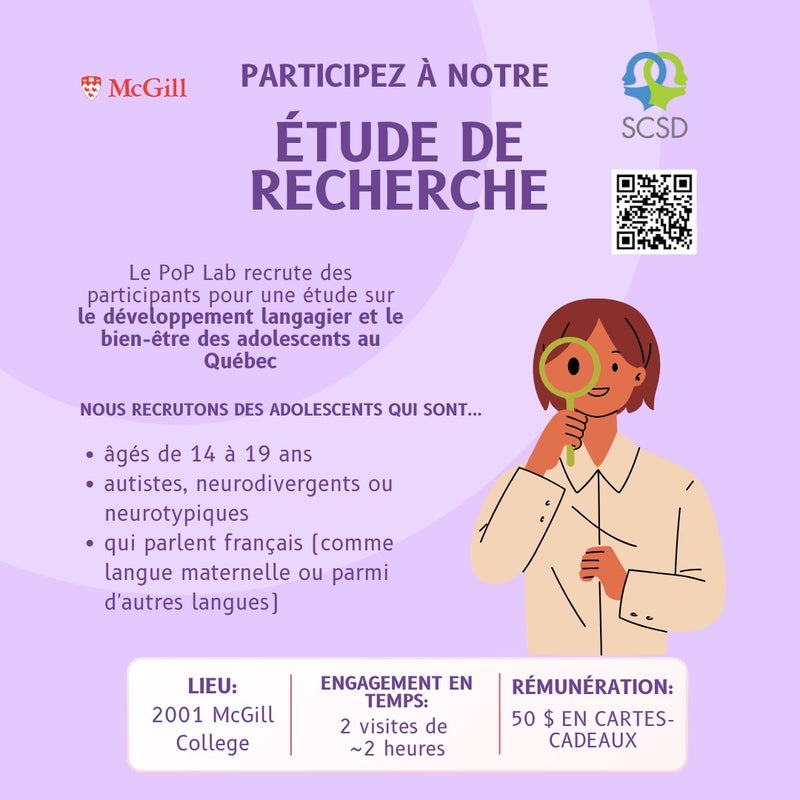The gift of gratitude

As I sit down to write this column, the world around us seems to be moving at an unprecedented pace. With all the competing demands on our time, attention and care, it is easy to meet them with negativity, reactivity and a feeling of overwhelm. This is when mindfulness practice is so important; taking a moment to pause and tune into the present with kindness, curiosity and nonjudgement. This creates a space in which we can respond intentionally, instead of reacting mindlessly.
In previous columns, we have explored a variety of mindfulness practices and “anchors” for our attention. While we have looked at emotions and practiced heartfulness with a loving kindness exercise, in this edition, we’ll introduce a new heartfulness practice that explores one emotion more deeply: gratitude.
What is gratitude? It is more than just saying thank you. Gratitude is a feeling that comes from both noticing a good thing and recognizing that that good thing came from outside of ourselves. Most often, we feel gratitude for a gift or an action from another person, but we can also feel gratitude for gifts from nature, a higher power or the universe. A plethora of studies show that practicing gratitude brings wide-ranging social, physical and psychological benefits. Recent studies looking specifically at the benefits of gratitude for youth find improved physical and mental health, better academic performance, increased prosocial behaviours and a greater sense of connection and desire to contribute to society.
While there are many ways to practice gratitude, here we’ll explore a mindful variation of the classic “Three Good Things.” After dentifying and naming three things we are grateful for, we will pay attention to how gratitude makes us feel. Practice this anytime you need a positive shift or to remind yourself of the things that make you feel happy, even when things aren’t great.
Gratitude practice:
› Choose a mindful posture that is comfortable for you: sitting, standing or lying down.
› Think of three things you are grateful for (people, places, foods, kind gestures, aspects of nature, songs, experiences, etc.)
› Let your eyes close or look down with a soft gaze. Imagine those three things that you’re thankful for surrounding you.
› Notice how that makes you feel. Where do you feel gratitude in your body? Maybe you feel warmth or spaciousness in your chest, maybe you notice a smile or softness on your face, maybe you notice your hands release. Scan your body for where you feel grateful.
› Notice if any emotions arise. Name them if you’d like, either silently or out loud. If an emotion feels particularly strong, you may want to pay attention to it for a few breaths, before returning to gratitude.
› When you’re ready, take one mindful breath and open your eyes, or bring your attention back to the space around you. Notice how you feel.
Sometimes, practicing gratitude might feel challenging. If you’re having trouble thinking of things to be grateful for, start with things that are immediately accessible, such as your breath, your body, this moment. Or watch this lovely short video from Brother David Steindl-Rast, the “grandfather of gratitude,” to help you look around and notice everyday gifts: https://grateful.org/grateful-day.
Danika Swanson is the Personal Development and Community Involvement consultant for the English Montreal School Board and was trained by Mindful Schools to teach mindfulness to elementary and secondary school students.









